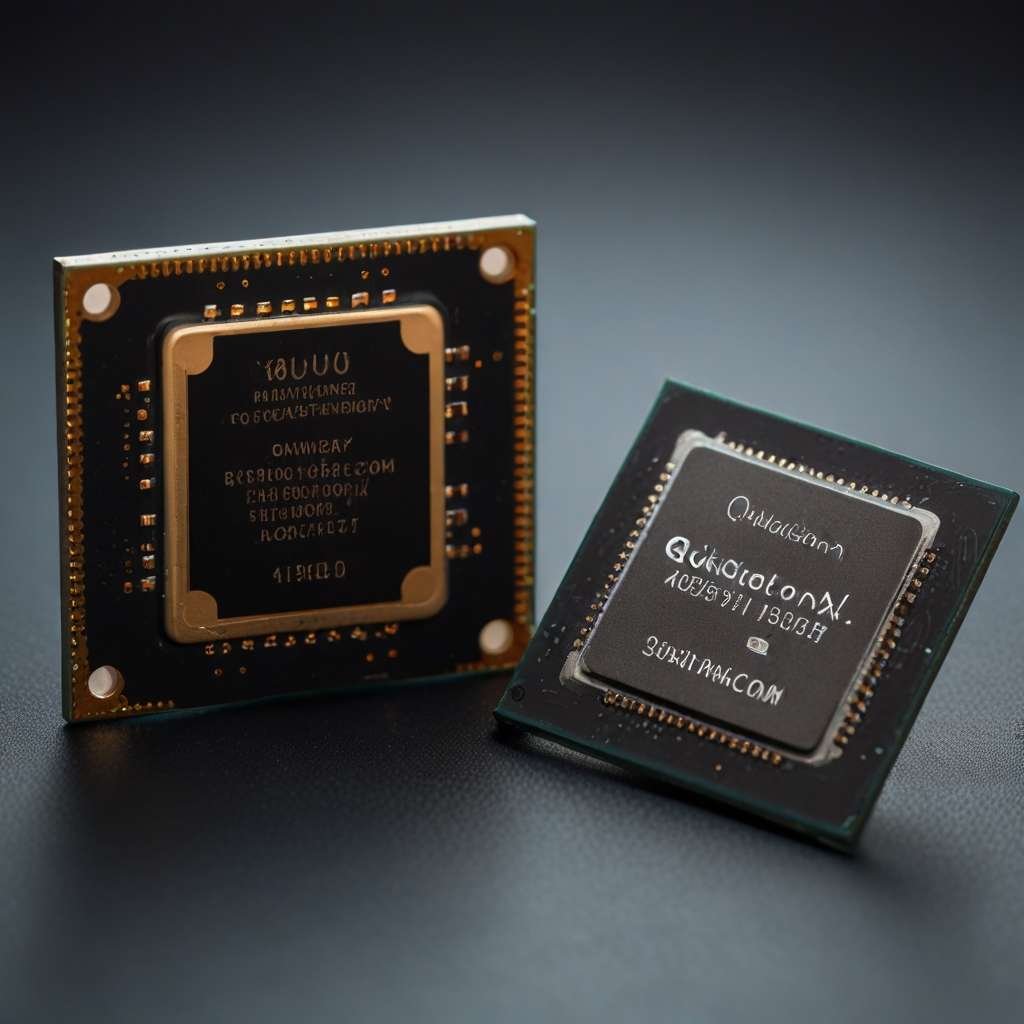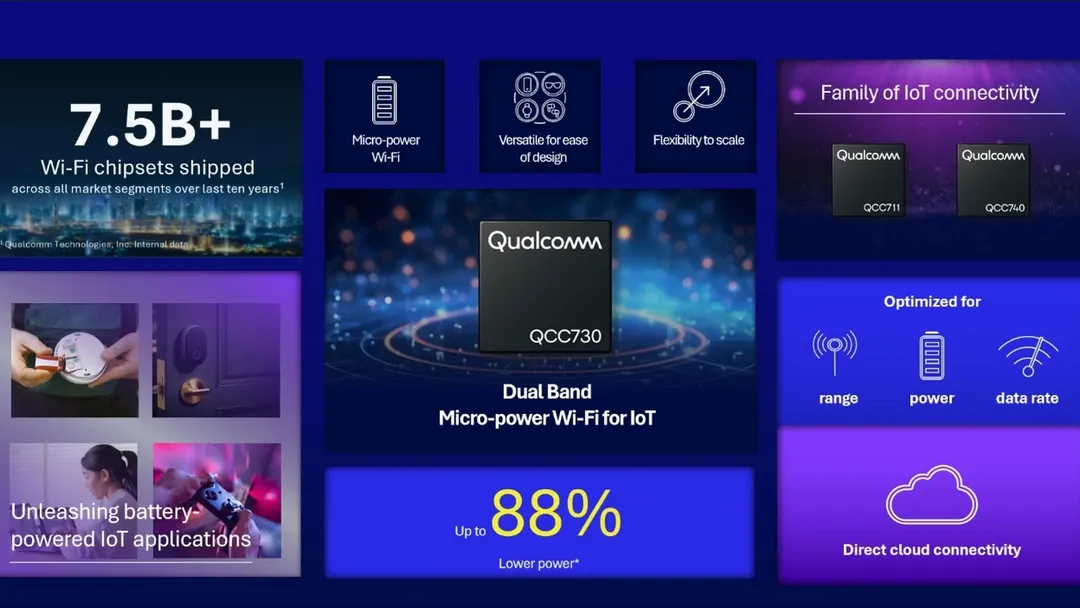- Qualcomm will present its new IoT platforms, Qualcomm QCC730 and Qualcomm Robotics RB3, at Embedded World 2024.
- One of its major innovations is its own version of Linux, Qualcomm Linux.
Delving into Qualcomm’s ground-breaking IoT chipsets and Qualcomm Linux
Most people know Qualcomm for its mobile phone processors, but in reality, Qualcomm manufactures all kinds of chips, including a huge range of processors for Internet of Things devices.
Today, the Embedded World 2024 fair, which focuses on the hardware of the Internet of Things (IoT) and all kinds of embedded devices, opens in Nuremberg, Germany. That is, products with a minimum of hardware and software for very specific functions.

The Significance of Qualcomm’s Innovation New IoT Platforms
At the German fair, Qualcomm has presented its new IoT platforms, the Qualcomm QCC730 and the Qualcomm Robotics RB3 Gen 2. The latter will be powered by the new Qualcomm Linux. Let’s look at some details that Qualcomm has told us in a press presentation.
The California company is dominant in the market for mobile processors, but also for IoT devices.
What’s new from Qualcomm for the Internet of Things?
Its processors, WiFi modems, and IoT platforms are used in image recognition cameras, car chargers, drones, vacuum cleaners, inventory scanning robots, autonomous charging machines, and robotic arms, among others.
Today has unveiled a new WiFi chip, Qualcomm QCC730, which bets on WiFi for IoT instead of Bluetooth:

Qualcomm QCC730 employs a new micro WiFi technology with 88% lower consumption than the previous generation.
The advantage of using WiFi instead of Bluetooth is that it has more reach, can take advantage of a second band at 5 GHz, and is more compatible. There are already more than 7.5 billion devices with WiFi in the world.
Qualcomm QCC730 also eliminates the use of hubs, as you can connect directly to the cloud thanks to WiFi. This saves hardware and reduces latency.
Qualcomm’s other novelty for the fair is its Qualcomm Robotics RB3 Gen 2 platform, an authentic SoC with processor, GPU, WiFi, and Bluetooth integrated into robots, drones, cameras, and other IoT devices.
Qualcomm Robotics RB3 Gen 2 introduces an eight-core processor up to 2.7 GHz and an Adreno 634 GPU capable of generating video at 95 fps.
It features WiFi 6E, Bluetooth 5.2, and LE. Its most impressive novelty is that it multiplies by 10 the performance of AI, which opens the doors to the use of complex artificial intelligence models on IoT devices.
Qualcomm has confirmed AI tasks such as real-time image analysis, maintenance prediction, untrained location mapping, assembly chain defect identification, etc.
SDKs and development kits offered by Qualcomm
To make the most of it, Qualcomm has prepared several SDKs or development kits, as well as its own version of Linux for IoT, which it has called Qualcomm Linux, with the LTS kernel.
It will also launch an AI Hub, an artificial intelligence modeling service where developers can download already created AI models to integrate them into their IoT platforms and devices.
Qualcomm is steadily moving forward in the important Internet of Things market. As we can see here, too, artificial intelligence will play a key role in the immediate future. All of these products will be available in June.


